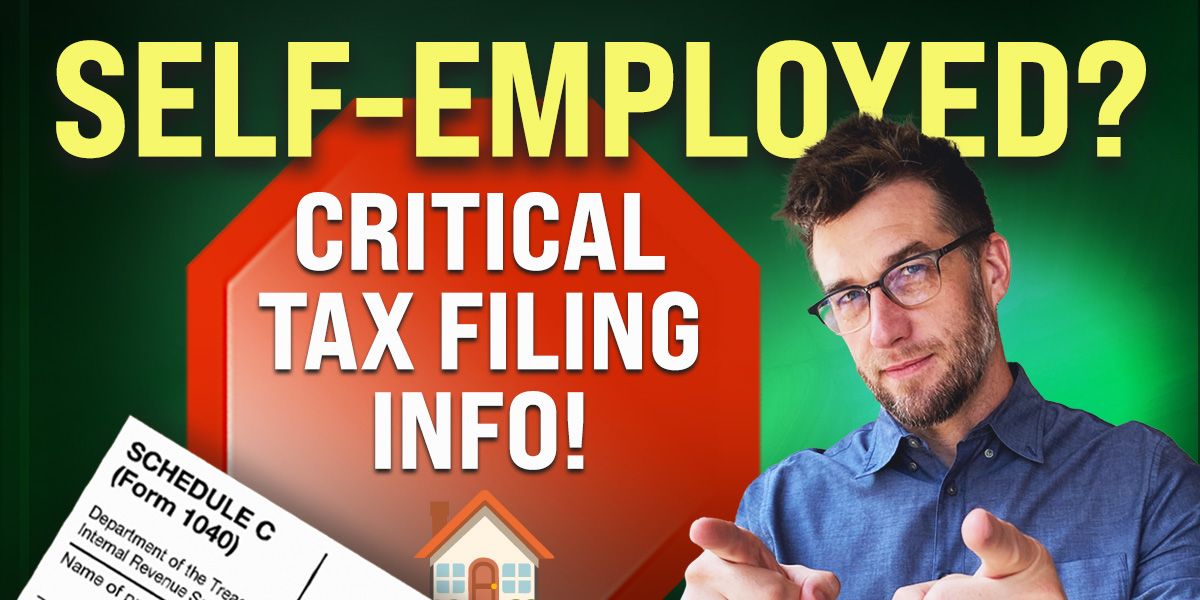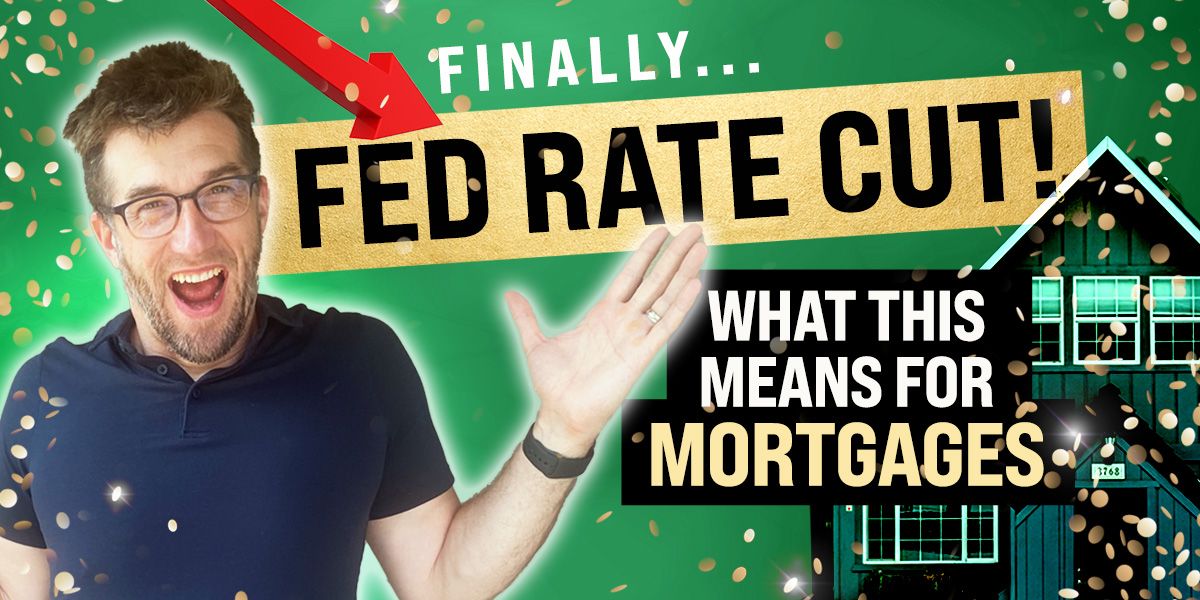The Federal Reserve rate cut, the recent decision to cut the federal funds rate by 50 basis points, has been dominating the headlines. Many are wondering how this significant move will influence mortgage interest rates.
Contrary to popular belief, the relationship between the Fed rate and mortgage rates isn’t as straightforward as it might seem. In this article, we’ll break down the implications of this rate cut, why mortgage rates behave differently, and what it means for homeowners and potential buyers.
What Does the Federal Reserve Rate Cut Mean?
When the Federal Reserve (Fed) cuts the federal funds rate, it’s essentially lowering the cost of borrowing for banks. This decision is typically made to stimulate the economy by making borrowing cheaper for consumers and businesses. However, many people mistakenly assume that a cut in the Fed rate directly leads to a decrease in mortgage interest rates. This isn’t always the case.
Why Did Mortgage Rates Go Up After the Fed Cut?
Despite the Fed’s rate cut, mortgage rates actually increased slightly. To understand why this happened, it’s important to know how mortgage rates are determined. Mortgage rates are closely tied to the performance of mortgage-backed securities (MBS), which are bonds traded much like stocks. These securities influence how lenders price their mortgage rates daily, and on particularly volatile days, multiple adjustments can happen.
- Mortgage Rates and MBS: Mortgage rates generally move in the opposite direction of MBS prices. When MBS prices go up, mortgage rates go down, and vice versa.
- Daily Fluctuations: Because MBS are traded in the open market, mortgage rates can fluctuate multiple times a day, reflecting the ongoing demand and supply dynamics.
Understanding the Recent Trend in Mortgage Rates
Over the past few months, mortgage rates have been trending downward, thanks to a variety of factors, including expectations of the Fed’s rate cuts and a cooling economy. However, mortgage rates aren’t directly tied to the Fed rate but are more influenced by the 10-year Treasury yield. As the yield on the 10-year Treasury has fallen, mortgage rates have followed suit, making home loans more affordable.
Key Points to Consider:
- Inverse Relationship with Treasury Yields: Mortgage rates often follow the 10-year Treasury yield because investors see MBS as a safer investment during economic uncertainty, leading to increased demand and lower yields.
- Market Expectations: The market had already anticipated the Fed’s rate cut, so much of this expectation was already priced into mortgage rates before the announcement.
What Should Homeowners and Buyers Do Now?
With the Fed’s rate cut, many homeowners and potential buyers are considering whether now is the time to lock in a lower mortgage rate. Here’s what you should keep in mind:
- Current Rate Levels: We are currently seeing some of the best mortgage pricing since early 2023. This could be a good opportunity for those looking to refinance, especially if their current rates are in the 6-8% range.
- Future Rate Cuts: The likelihood of the Fed cutting rates by another 50 basis points in the near future is low. Expect smaller cuts of around 25 basis points instead. This means we may not see drastic drops in mortgage rates in the coming months.
- Long-Term Outlook: If inflation remains under control and economic indicators are stable, we can expect mortgage rates to continue their gradual decline over the next one to two years. However, if inflation surprises on the upside, mortgage rates could rise again.
Why Refinancing Now Might Be a Smart Move
If you’re a homeowner with a mortgage rate above current levels, now could be the right time to consider refinancing. Lowering your rate can reduce your monthly payments and save you a significant amount of money over the life of your loan.
- Protect Against Future Increases: If the economic situation changes and inflation picks up, the Fed could be forced to raise rates again. Locking in a lower rate now could shield you from potential increases in the future.
- Take Advantage of Low Rates: Current rates represent some of the lowest levels we’ve seen in the past few years. Refinancing now can help you capitalize on these favorable conditions.
What’s Next for Mortgage Rates?
While the immediate effect of the Fed’s rate cut on mortgage rates has been muted, the overall trend remains favorable for borrowers. Here’s what to watch for in the coming months:
- Economic Data Releases: Key indicators like unemployment rates, GDP growth, and inflation will play a significant role in the Fed’s future decisions. Strong data could mean higher rates, while weaker data might push rates lower.
- Fed Policy Signals: Listen for signals from the Fed regarding their future policy moves. Any hints of more aggressive cuts or a pause in rate adjustments will influence the direction of mortgage rates.
Final Thoughts
The recent Fed rate cut has led to a lot of speculation and confusion around mortgage rates. While it’s tempting to assume that a lower Fed rate means lower mortgage rates, the reality is more complex. Mortgage rates are influenced by a variety of factors, including MBS performance and the broader economic outlook.
If you’re in the market for a home loan or considering refinancing, now is a great time to speak with a mortgage professional. They can help you navigate these changes and find the best option for your situation.
Need Help with Your Mortgage?
If you’re unsure about your mortgage options or want to learn more about how the recent Fed rate cut could impact you, reach out to us today. Our team is here to provide personalized advice and help you make the best decision for your financial future.
FAQ: Understanding the Federal Reserve and Its Impact on Mortgage Rates
This FAQ aims to address common questions regarding the Federal Reserve’s recent rate cut and how it affects mortgage rates. If you’re trying to make sense of these changes, this guide will help clarify the basics and provide insights on what this means for homeowners and buyers.
What is the Federal Reserve?
The Federal Reserve, often referred to as “the Fed,” is the central banking system of the United States. It plays a crucial role in managing the country’s monetary policy by regulating interest rates, controlling inflation, and maintaining economic stability.
What does it mean when the Federal Reserve cuts interest rates?
When the Federal Reserve cuts interest rates, it lowers the cost of borrowing for banks, which can lead to lower interest rates for consumers on various types of loans, including mortgages, auto loans, and personal loans. The goal is to stimulate economic activity by making borrowing cheaper and encouraging spending.
How does the Federal Reserve rate cut affect mortgage rates?
Contrary to popular belief, the Federal Reserve’s interest rate cut doesn’t directly influence mortgage rates. Mortgage rates are more closely tied to the performance of mortgage-backed securities (MBS) and the 10-year Treasury yield. While the Fed’s actions can indirectly impact these factors, mortgage rates don’t always move in tandem with the Fed rate.
Why did mortgage rates go up after the Federal Reserve cut rates?
Mortgage rates can fluctuate based on investor behavior in the bond market, even if the Federal Reserve cuts rates. After the recent Fed rate cut, mortgage rates actually went up slightly because the cut was already anticipated and priced into the market. Additionally, mortgage rates are influenced by supply and demand dynamics in the mortgage-backed securities market.
What is the relationship between the Federal Reserve rate and mortgage rates?
The Federal Reserve rate and mortgage rates have an indirect relationship. While the Fed rate impacts the cost of borrowing for banks and short-term interest rates, mortgage rates are more influenced by long-term economic factors such as inflation expectations, the 10-year Treasury yield, and global economic conditions.
How do mortgage-backed securities (MBS) influence mortgage rates?
Mortgage-backed securities are bonds secured by home loans. Lenders sell these securities to investors, which helps fund more home loans. The performance of MBS influences how lenders set mortgage rates. When MBS prices go up, mortgage rates generally go down, and vice versa. This is why mortgage rates can change daily, or even multiple times per day, based on market activity.
Will the Federal Reserve cut interest rates again?
It’s possible, but not guaranteed. The Federal Reserve’s future rate decisions will depend on various economic indicators such as inflation, unemployment rates, and overall economic growth. Most experts expect any future rate cuts to be smaller, around 25 basis points, rather than the recent 50 basis point cut.
What should I do if I’m considering refinancing my mortgage?
If you have a mortgage rate in the 6-8% range, now may be a good time to consider refinancing. Even though the Federal Reserve rate cut hasn’t drastically lowered mortgage rates, current rates are still some of the best seen in recent months. Refinancing can help reduce your monthly payments and protect you from potential rate increases in the future.
How long will mortgage rates stay low?
While no one can predict the future with certainty, many analysts believe that mortgage rates will remain relatively low for the next one to two years, provided that inflation remains under control and the economy continues to stabilize. However, any unexpected economic events could change this outlook.
What should I expect from mortgage rates in the near future?
Mortgage rates are expected to trend slowly downward but may not see dramatic decreases. The recent Fed rate cut was largely anticipated by the market, meaning that any immediate effects are already reflected in current mortgage rates. Future rate movements will depend on ongoing economic data and Federal Reserve policy decisions.
Is now a good time to buy a home or refinance?
Yes, now could be a good time to buy a home or refinance, especially if you’re currently locked into a high mortgage rate. With mortgage rates hovering near recent lows, you have the opportunity to secure better terms on your home loan. It’s always best to consult with a mortgage professional to understand your options and make an informed decision.
How can I stay updated on Federal Reserve decisions and mortgage rates?
To stay informed about Federal Reserve decisions and their impact on mortgage rates, consider subscribing to financial news outlets, following updates from the Federal Reserve’s official website, or working with a mortgage professional who can provide insights tailored to your situation.
If you have more questions about the Federal Reserve or mortgage rates, feel free to reach out to us. We’re here to help you navigate these changes and make the best financial decisions for your future.




